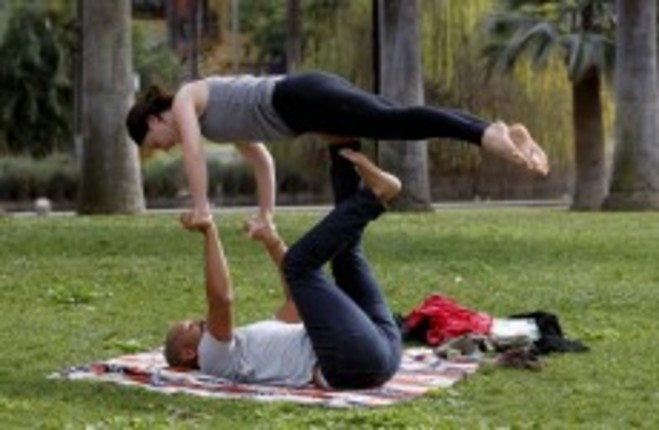ONE OF THE most overlooked aspects of training is recovery. It might also come as a surprise to hear it’s one of the most important elements too.
For it’s during ‘easy’ recovery weeks where your workload is lessened so as to allow your muscles make the adaptations from training, be it strength gains, improved power, enhanced speed, or whatever.
Padraig Marrey, one of the country’s top cycling coaches has mentored a range of athletes from Olympians to pro cyclists to triathletes to weekend warriors for over two decades and the Mayo man can’t emphasise enough the virtues of a process known as ‘active recovery’.
“The rigours of a structured training routine that includes sticking religiously to specific instructions has its downsides as its mentally very draining,” explains Marrey, himself one of the country’s top amateur riders.
“This is where active recovery comes in; the mind needs to unwind and the body needs to download all the training stress before it gets the benefit and this can only be done when you rest.
“Active rest means doing an activity that doesn’t tax you mentally or physically and you can do the activity without thinking about it.
“The lymphatic system helps clear all the toxic waste products of exercise from the body, but it works better when the muscles are put through an activity.”
Thankfully, active recovery doesn’t need to be more of the same exercise you’re already doing. For example, cyclists don’t need to cycle to actively recover.
“If you are a pro cyclist active recovery can be as much as a two-hour spin (includes compulsory coffee/cake stop) but at a very low heart rate (60-65% of your max) and you’d usually do this spin on ‘feel’; no fancy bike computers throwing back numbers.
“For the ordinary Joe who has a job and other commitments I’d recommend taking up an activity that feels relaxing; a walk or cycle in the woods, along a sea strand, beside a river is brilliant as the noise of the water is very calming and helps ease away all the stresses.
“Yoga is really beneficial and many of the world’s best soccer players are huge advocates as it helps with flexibility and joint mobility as well as the calming effect on the central nervous system.
“My own personal favourite is on a Monday after a heavy weekend of training and racing is to hit the Spa where there’s a pool.
“I’d stretch in the steam room, hit the outdoor plunge pool for 3 cold minutes and repeat this routine 3 times before doing a few easy laps of the pool to relax.
“So to recap, do an activity that relaxes you, keep the intensity low and get outdoors if possible.”
